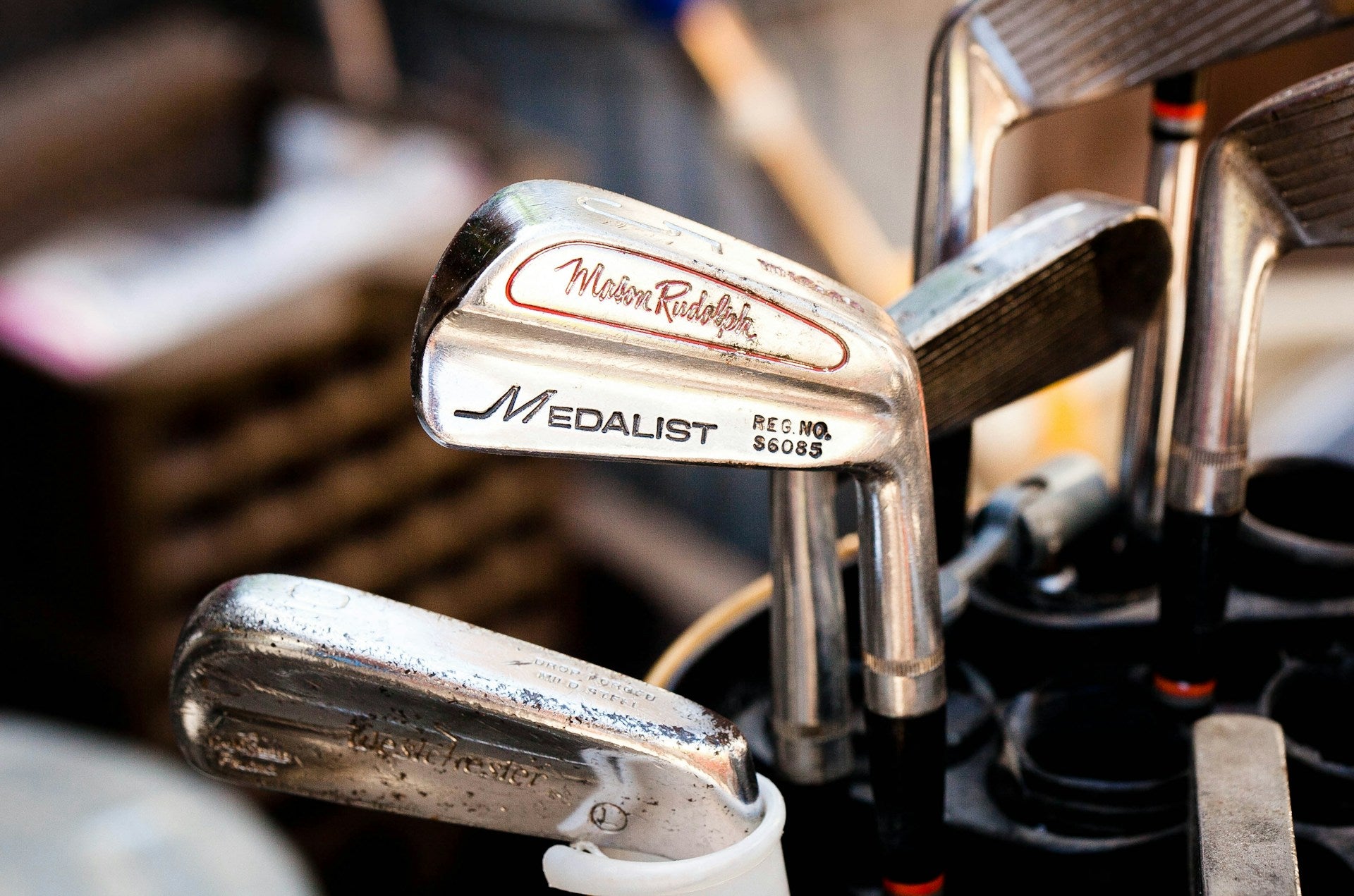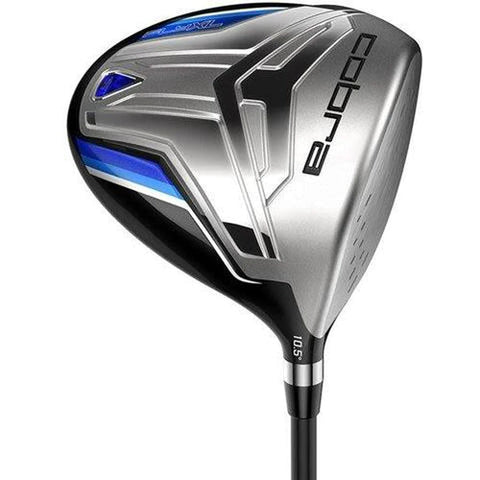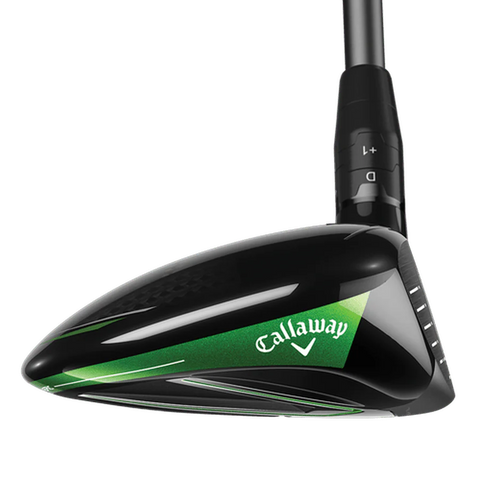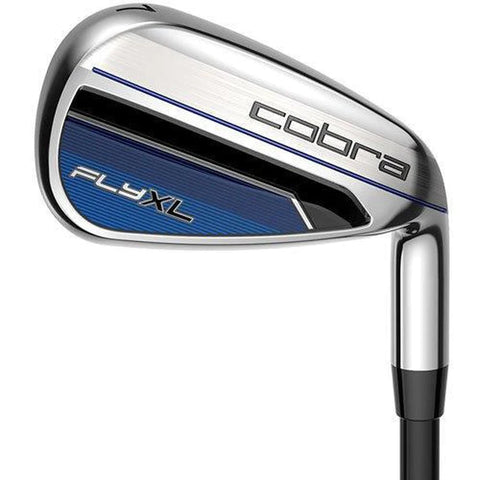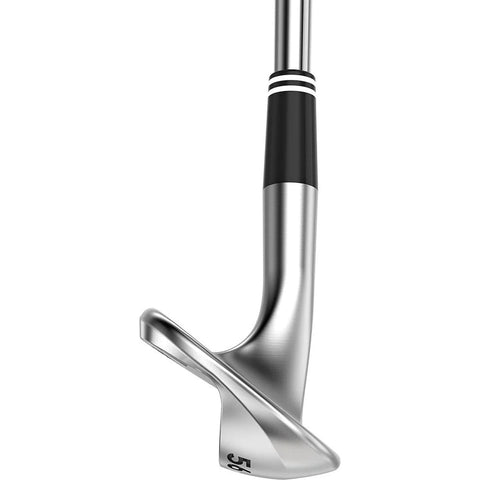Whether you're a beginner just learning the ropes or a seasoned pro looking to fine-tune your knowledge, understanding the different types of golf clubs is essential for mastering the game.
Golf is not just about swinging at golf balls hoping for the best; it's an art that requires the right tools for every situation. Just like a painter wouldn't use a single brush for an entire masterpiece, a golfer needs a variety of clubs to tackle the challenges of the course.
Speaking of courses, let's steer our carts down the fairway of knowledge and navigate through the lush greens of golf terminology, swing tips, shot strategies, and the crucial components of golf clubs.
Buckle up for an engaging tour in your cart golf bags, as we delve into the world of golf clubs!
The Main Types of Golf Clubs You Need To Know
When setting out on the course, each golfer's bag brims with potential. The rules of golf allow players to carry up to 14 clubs, presenting an opportunity to curate a set that complements their personal style and strategy. With choices ranging from mighty woods to precise putters, the composition of your golf clubs can be as unique as your game.
Let's break down this arsenal one club at a time:
Drivers
Now, let's talk about the monarch of the golf bag: drivers. Standing out with the largest head of any club, drivers are designed to hit the golf ball the farthest and are typically used on par-4 and par-5 holes. With the advent of modern technology, driver heads have expanded, allowing for larger sweet spots and more forgiveness on off-centre hits.
The length of a driver's shaft is the longest you’ll find, aiding in generating ample swing speed to maximize distance. However, this very trait makes them one of the more challenging clubs to wield with precision.
Read also: What Are Demo Golf Clubs? Exploring Budget-Friendly Options for Golfers
Golfers often have to choose between drivers based on their loft — the angle of the club face that determines trajectory and distance — and shaft flexibility. The manufacturing process plays a role here too, with many drivers made via casting, though some high-end models might be forged for enhanced feel and performance. When selecting a driver, golfers look for both power and accuracy to kickstart their hole with a positive drive down the fairway.
Shop driver golf clubs
Woods
Let's delve a bit deeper into wood golf clubs. While drivers lead the pack, fairway woods earn their name from their efficacy on the, well, fairway. Typically ranging from a 3-wood to a 9-wood, these clubs have slightly smaller heads than drivers but larger than most other club types, giving you the distance when you're not at the tee.
They're perfect for those long par-5 second shots or whenever you need to cover a significant chunk of yardage with precision. In design, woods have rounded heads and flat faces, contributing to their ability to cut through the air and glide the ball with ease. Often made through a process of casting, which allows manufacturers to create complex, forgiving shapes, woods are indispensable stalwarts in any golf bag.
Hybrids
Diving deeper into the world of hybrids, these clubs emerged on the golf scene with a promise to bridge the gap between the ease of hitting woods and the precision of irons. Typically numbered like irons, they range from 2 to 5, with the lower numbers replacing long irons and each designed with a particular loft to ensure versatility across various playing conditions.
Their clubheads are more robust and aerodynamic than a typical iron's, with a low center of gravity that helps to get under the ball and send it soaring with reduced spin — a true life-saver when faced with rough or unfavourable lies where long irons might falter.
For players who prefer a more iron-like hybrid, though, options are available with more compact heads that mimic the feel of an iron while still offering easier playability. The process of manufacturing hybrids often involves casting, which allows for a cost-effective way to integrate technologically advanced features like hollow bodies and high-strength steel faces.
Shop wood and hybrid golf clubs
Irons
Expanding on irons, let's consider their construction and role more closely. Each one numbered from the 3-iron, traditionally the longest iron, to the pitching wedge, the shortest, serves a purpose tied to distance and control. The higher the iron number, the shorter the shaft, the higher the loft, and the greater the degree of control over the ball flight.
The middle irons (5-7) are generally used for a range of mid-distance shots, while the 8 and 9-irons, and the pitching wedge, are used as the distances get shorter, providing greater precision as you approach the green.
Read also: What Size of Golf Clubs Do You Need?
The construction of irons has evolved significantly, with manufacturers employing both forging and casting methods. Forging creates irons that often appeal to experienced golfers seeking a softer feel and more control, while casting allows for more complex, perimeter-weighted designs that can offer beginners and high-handicappers improved forgiveness on off-centre hits.
Shop iron golf clubs
Wedges
When detailing wedges, let's highlight their critical importance around the green. Sometimes considered a subset of irons due to their similar appearance, wedges actually possess distinct design elements for specialty shots.
Each type of wedge carries its own unique loft, with the pitching wedge starting at around 45-50 degrees, the gap wedge filling the loft difference between the pitching and sand wedge, the sand wedge typically between 54-58 degrees with a wider sole for gliding through sand without digging in, and the lob wedge with the highest loft of 60 degrees or more for shots requiring steep ascents and short travels.
Wedges are often crafted through forging to provide the soft feel and responsiveness that finesse shots demand. The grooves on a wedge's face are also critical, as they create the necessary spin to stop the ball quickly on the green. Used properly, wedges become the sculptor's tools in a golfer's bag, carving out precise approaches, saving strokes, and setting up for fewer putts.
Shop wedge golf clubs
Putters
Last but certainly not least, putter golf clubs take the spotlight on the green. Specialized for putting, they are crafted to give golfers the ultimate control over their final strokes. Putters come in a medley of shapes and sizes, with each design tailored to suit personal preferences and stroke styles.
You may like to read: How to Clean Golf Clubs: A Complete Step-by-Step Guide
When it comes to putting, personal choice reigns supreme, as the feel and confidence a putter instills can make all the difference between a birdie and a bogey.
As we've traversed the landscape of golf clubs, it's vital to illuminate the personal preference that influences the selection of a putter golf club. While there are numerous shapes and sizes available, the best putter for any golfer is the one that feels right in their hands, encouraging a natural stroke and imbuing them with confidence as they eye up the cup.
Shop putter golf clubs
Casting and Forging of Golf Clubs
Achieving mastery in golf demands not just skill but also an appreciation for the engineering behind these masterful tools. When it comes to club manufacturing processes, two primary techniques stand out: casting and forging.
Cast golf clubs are created by pouring molten metal into pre-formed molds, allowing for intricate designs and game-improvement features. Forging, on the other hand, involves hammering and shaping the metal, usually resulting in clubs favored by purists and players seeking enhanced feel and control.
You may like to read: Autoflex Shafts: Are They Worth It or Not?
Golf Accessories
In the world of golf, having an intimate knowledge of your clubs is akin to a knight knowing their weapons. And while understanding the nitty-gritty of each club is crucial, don’t forget the accessories that round out your golfing experience.
Read also: The 20 Must-Have Golf Accessories to Upgrade Your Game
From the moment you step on the course, your complete sets, golf balls (including those handy recycled golf balls), and golf bags play a supporting role, ensuring that you're prepared for every scenario the game presents.
Find the best golf accessories for the best prices at Just Golf Stuff
Final Thoughts
Ready to fill your cart golf bags with the perfect selection of clubs? Keep in mind that the ideal golf bag composition is unique to each player. It's about finding the perfect balance that suits your game, your swing, and the courses you play. Whether it's deciding between a driver and a wood off the tee or selecting the right iron for a par three, the choice is yours.
Now armed with the insights about the various types of golf clubs and their specific uses, you're better equipped to step out onto the tee box with confidence.
Remember, it's not just about having the right club—it's about knowing when and how to use it. So, as you take this knowledge and head out to the green, enjoy the game, refine your technique, and always keep swinging with flair, precision, and the sheer joy that a good round of golf brings.
 Reviews on
Reviews on 

